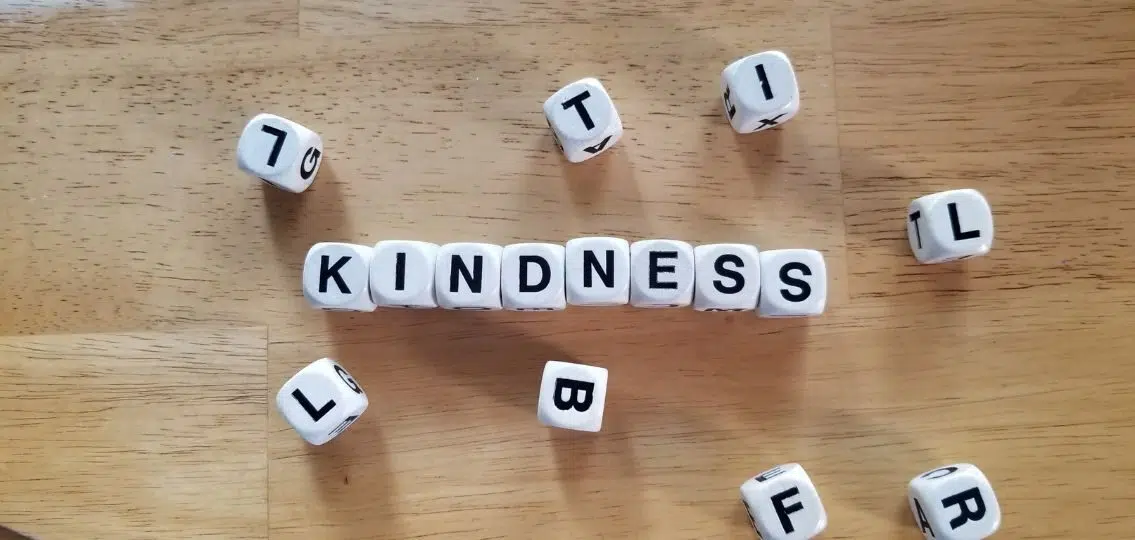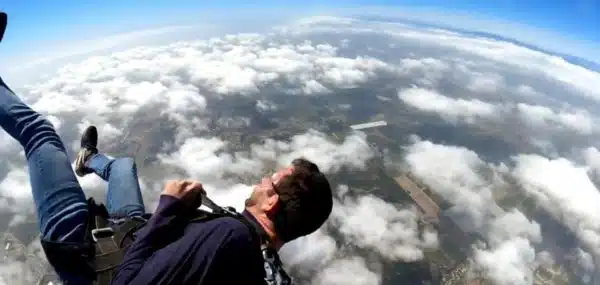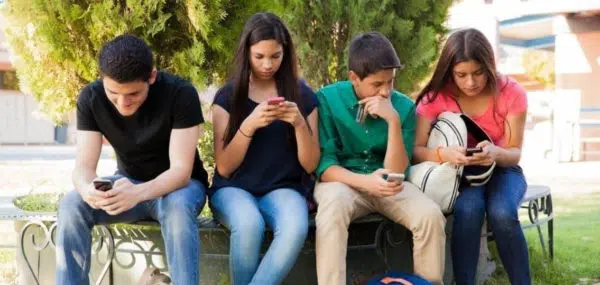I asked my daughter recently how I’ve modeled kindness. I thought her answer would be obvious. She’d tell me I dole out compliments, because I make it a point to show her how generously and frequently we can use words to brighten someone’s day.
“Did you do something new with your hair? I like it.”
“That tie matches your shirt well.”
“You did a great job on that presentation. I can tell you worked hard on it.”
But my daughter did not speak about giving people compliments. Instead, she recalled another kindness story that was more specific. She reminded me about an encounter we had with a guy at the airport a few years ago.
Teaching Kindness Through Action
Dressed in ill-fitting, wrinkled clothes that looked slept-in, gray hair oily and untamed, he held up the line at a newsstand while he counted out pennies to buy a bottle of cola. Meanwhile, the coiffed businessman behind him kept glancing irritably down at his watch before finally saying, “Buddy, do you mind? Some of us have a plane to catch!” Immediately, the unkempt man looked embarrassed. He handed the drink back to the cashier, then shuffled away, limping.
I was horrified. This man was clearly going through something—and some blowhard thinks it’s okay to bully him? I couldn’t let this pass.
“Kiddo, keep an eye on where he sits,” I told my daughter, who was right beside me, watching the situation unfold. When it was our turn to pay for our things, I asked the cashier what the deal was with the older man. “Oh, he didn’t have enough money for the drink. Said he’d lost his wallet or something.”
I bought our things, plus the man’s drink that the cashier still had behind the counter, then we left. Thanks to my daughter’s eagle-eyes, we found the man again, sitting slumped in his seat at a nearby gate. We walked up to him, and I held out the drink with a smile.
But he didn’t take it. Not only that, he looked away.
Still, I persisted. “I thought you might like this. It looks like you could use a pick-me-up.”
The man glanced back at me uncertainly, then slowly took the drink. Because we had time to kill before our flight, my daughter and I asked if we could sit down next to him. Turns out, his name was George. He had a medical issue that made standing difficult. When he was in the newsstand and realized he’d left his wallet back at the gate, he didn’t have the energy to attempt the trip a second time. Explanation over, we chitchatted about trivialities until it was time to go.
George didn’t say anything, didn’t even acknowledge us as we left. And I remember that as we walked away, my daughter complained, “He didn’t even say thank you!”
I told her we didn’t bring him a cola to get a thank you. Then I asked her why else we brought him the drink.
“Because he couldn’t afford it?”
“Did we just give him a cola?”
She thought for a moment, then said, “We were nice to him.”
Just as I was about to launch into a line of questioning about why we need to be kind, my daughter said, “Maybe he needed kindness a little more than he needed a soda.” She already had taken the lesson to heart.
And now, years later, I find out that was more of an impactful moment that I’d imagined.
For a $3 drink, I inadvertently bought a memory that shaped the person my daughter wanted to be, the kind of person I hope she’ll continue to want to be as she gets older.
My 11-year-old daughter is kind and caring. She reaches out to help lost and pushed-aside people. She waves, makes eye contact, and says “hi” to passersby on the street, at Target, and at school. She holds doors for people. She picks up things that other people drop.
When I commented on this recently, she seemed surprised. I asked her why she was so nice all the time. She said, “Because it just feels right to be that way.” Then she added, “And because I see you do it all the time.”
Turns out, kindness in action speaks louder than words.




